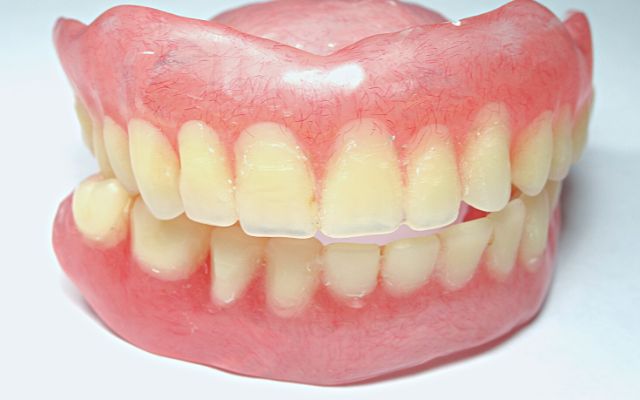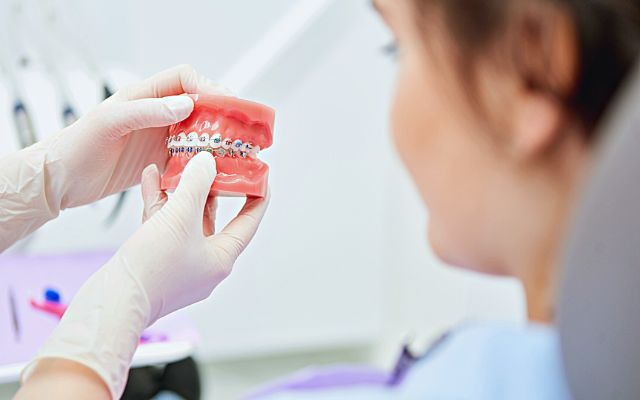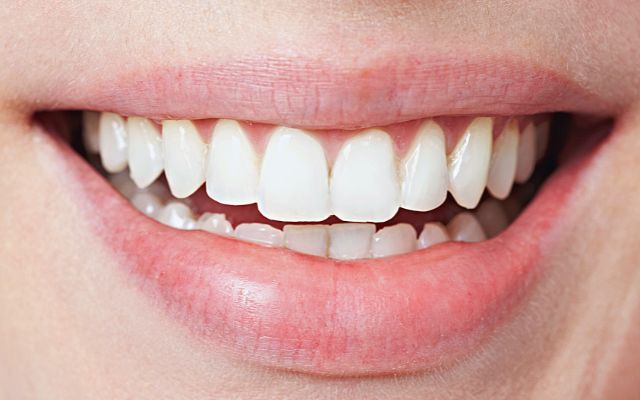Are you curious about slant teeth? If so, you’re in the right place. In this post, we’ll explore everything you need to know about slant teeth, including their causes, symptoms, and treatment options. So, keep reading to learn more!
What is Slant Teeth?


Slant teeth refer to teeth that are angled or tilted, causing them to not align properly with the opposing teeth. This misalignment can lead to issues with biting, chewing, and speaking, as well as potential oral health problems.
Some Causes of Slant Teeth
- Malocclusion: This refers to a misalignment of the teeth and jaws, which can be caused by a variety of factors such as thumb-sucking, prolonged use of pacifiers, or early loss of baby teeth.
- Crowding: When there is not enough space in the jaw for all the teeth to properly align, they can become crowded and push against each other, resulting in a slanted appearance.
- Jaw size: If the upper or lower jaw is too small, it can lead to overcrowding or misalignment of the teeth.
- Habits: Certain habits such as tongue-thrusting or mouth breathing can contribute to the development of slanted teeth.
- Trauma: Injuries to the teeth or jaw can cause them to become misaligned and slanted.
- Delayed or inadequate orthodontic treatment: If a person does not receive timely or adequate orthodontic treatment, their teeth may not align properly, leading to a slanted appearance.
What Are Some Signals of Slant Teeth?


- Visible misalignment of teeth: A slanted appearance of teeth is one of the most noticeable signs of slant teeth. This may manifest as teeth that appear to lean to one side or are visibly slanted.
- Difficulty biting or chewing: Misaligned teeth can make it challenging to bite and chew food properly, leading to discomfort and difficulty eating.
- Speech difficulties: Misaligned teeth can also affect speech, causing difficulty pronouncing certain sounds or words.
- TMJ disorders: Misaligned teeth can lead to an uneven bite, which can cause strain on the temporomandibular joint (TMJ) and potentially result in TMJ disorders.
- Tooth wear and damage: Misaligned teeth can also cause uneven wear and damage to the teeth over time, potentially leading to tooth decay and other dental issues.
- Gum disease: Crowded or misaligned teeth can also make it difficult to properly clean between the teeth, increasing the risk of gum disease.
How Slant Teeth Affect Oral Health?
It can have significant effects on oral health. The misalignment of teeth can lead to a number of issues, including difficulties with chewing and speaking, increased risk of tooth decay and gum disease, and jaw pain. Additionally, slant teeth can cause problems with the bite, which can lead to temporomandibular joint (TMJ) disorder and headaches.
The difficulty maintaining proper oral hygiene
Misaligned teeth can be more difficult to clean effectively, which can lead to the buildup of plaque and bacteria. This can increase the risk of tooth decay and gum disease, which can lead to tooth loss and other oral health problems.
Localized pressure on teeth or mouth during mastication
This can lead to uneven wear and tear on the teeth, which can cause further dental issues over time. The strain on the jaw muscles and joints from the misaligned teeth can also lead to TMJ disorder, a painful condition that affects the jaw and can cause headaches and other symptoms.
Impact of Slant Teeth on Appearance and Self-Esteem
It can have emotional and psychological impacts. However, addressing the oral health concerns associated with slant teeth through orthodontic treatment can help to improve overall oral health and quality of life.
Treatment Options for Slant Teeth


The treatment options for slant teeth may vary depending on the severity and underlying cause of the condition. Some common approaches may include:
- Orthodontic treatment: Braces or clear aligners may be recommended to gradually shift the teeth into their proper position.
- Tooth reshaping: If a few teeth are slanted, minor reshaping of the teeth may be performed to improve their appearance.
- Tooth extraction: When there is severe crowding or misalignment, removing one or more teeth may be necessary to make room for the remaining teeth to properly align.
- Jaw surgery: In rare cases where the misalignment is due to a problem with the jaw size or position, orthognathic surgery may be recommended to correct the issue.
Prevention of Slant Teeth


Proper Oral Hygiene Practices
Maintaining proper oral hygiene practices, such as brushing twice a day and flossing regularly, can prevent tooth decay and gum disease. These conditions can lead to slant teeth, as the decay or loss of teeth can cause the remaining teeth to shift and become misaligned.
Regular Dental Check-ups
Regular dental check-ups are essential for identifying and addressing any dental issues before they become severe. Dentists can detect signs of slant teeth or other orthodontic problems and provide treatment options to prevent further damage.
Avoiding Bad Habits
Habits such as thumb-sucking, prolonged use of pacifiers, and mouth breathing can contribute to slant teeth. Avoiding these habits, especially in children, can prevent the development of misaligned teeth.
Conclude
Spring Orchid Dental recommends seeking professional dental care to address slant teeth. Regular dental check-ups, proper oral hygiene practices, and avoiding habits that can cause slant teeth are key preventative measures.
Our team of dental professionals can assess the cause and severity of slant teeth and recommend appropriate treatment options, such as braces or Invisalign. It is important to address slant teeth not only for functional and health reasons but also for aesthetic and psychological benefits, as it can significantly impact a person’s appearance and self-esteem.
FAQs
Is it normal for teeth to be slanted?
The duration of treatment to fix slanted teeth depends on the severity of the misalignment and the chosen treatment method. It can range from a few months to a few years.
Do teeth regrow following grinding?
Teeth cannot regrow following grinding as the tooth structure lost due to grinding is irreversible. Grinding can cause wear and tear of the enamel, leading to tooth sensitivity and possible damage to the underlying dentin layer. If left untreated, it can lead to further complications such as tooth fractures and cracks, which may require restorative procedures such as fillings, crowns or even extractions.
How much does it cost to fix slanted teeth in Australia?
The cost of fixing slanted teeth in Australia can vary depending on the severity of the case, the type of treatment required, and the location of the dental practice. Generally, orthodontic treatment for slanted teeth can cost anywhere from several thousand to tens of thousands of dollars. It is recommended to consult with a dental professional for an accurate estimate of the cost of treatment.





